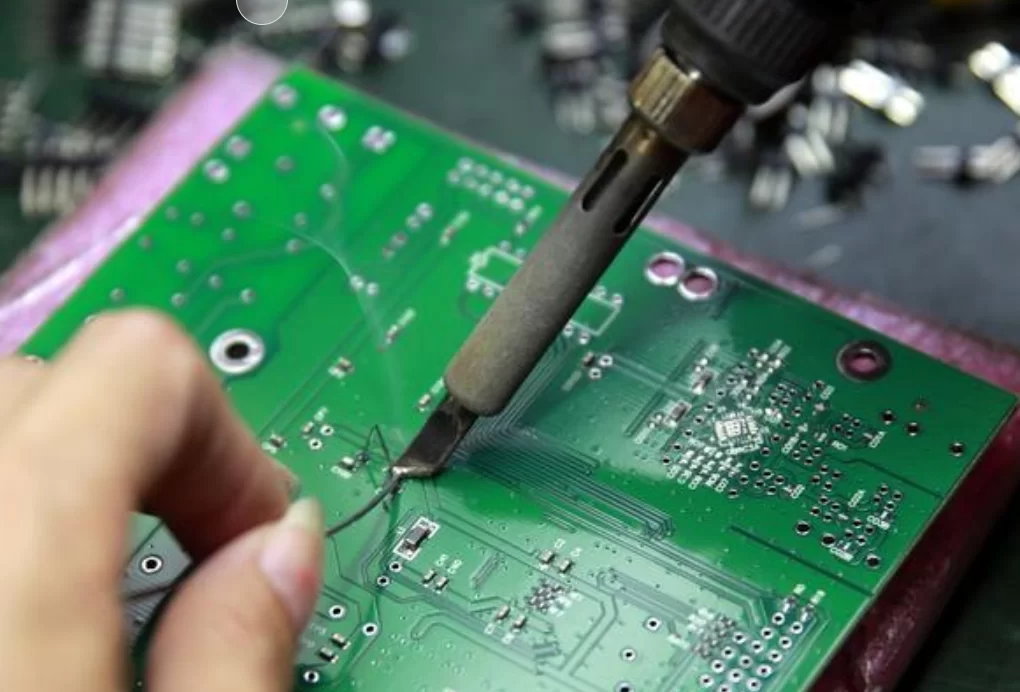PCB board fix is an indispensable part of PCB design and production. Despite modern manufacturing techniques significantly improving the reliability of circuit boards, various faults and issues can still arise in practical applications. This article will delve into common methods, steps, and techniques of PCB board repair, aiding engineers and technicians in better handling and resolving PCB-related problems.
Firstly, it is essential to understand the importance of PCB board repair. As the core component in electronic devices, the performance of a PCB directly affects the overall functionality of the device. Whether defects occur during production or faults arise due to external factors during use, PCB board repair can effectively extend the device's service life, reduce waste, and improve economic efficiency.
PCB board fixrequires different methods and techniques for different types of faults. Common PCB faults include:
Solder Joint Issues: This is one of the most common PCB faults. Due to poor soldering or long-term use, solder joints may develop cracks or come loose.
Circuit Breaks: Due to mechanical damage or production defects, circuits on the PCB may break, leading to signal transmission interruption.
Short Circuits: Due to design defects or the entry of foreign objects, short circuits may occur on the PCB, causing the device to malfunction.
Component Failures: Components on the PCB, such as capacitors, resistors, and integrated circuits, may fail due to aging or overload.
Interlayer Breaks: In multilayer PCBs, connections between different layers may break due to stress or manufacturing defects.

PCB board fix
PCB board fix usually involves the following basic steps:
Fault Diagnosis: Use professional tools and instruments, such as multimeters, oscilloscopes, and thermal imagers, to accurately locate the fault point.
Preparation: Clean the faulty area and remove surface impurities to ensure smooth repair work.
Repair Method Selection: Choose the appropriate repair method based on the fault type, such as soldering, conductive adhesive repair, component replacement, etc.
Specific Repair Operations: Perform the repair according to the selected method, ensuring each step is accurate.
Testing and Verification: After the repair is completed, conduct comprehensive testing to ensure the PCB has returned to normal functionality.
Documentation and Reporting: Record the repair process and results in detail to form a report for subsequent analysis and improvement.
In the process of PCB board fix, common techniques include:
Manual Soldering: For solder joint issues and component failures, manual soldering is a common and effective repair method. Using a soldering iron and solder, technicians can re-solder broken joints or replace damaged components.
Conductive Adhesive Repair: For circuit breaks and interlayer breaks, conductive adhesive is an effective repair material. Applying conductive adhesive to the break point can re-establish the circuit connection.
Hot Air Rework: For precision components like BGA chips, hot air rework is a commonly used repair technique. By heating and re-soldering, solder joint issues can be effectively resolved.
Chemical Treatment: For corrosion issues, chemical agents can be used to remove the corrosion layer and re-plate the protective layer, restoring the PCB's performance.
Photolithographic Repair: In some cases, photolithographic techniques can be used to recreate damaged circuit paths, especially for complex multilayer PCBs.
When conducting PCB board fix, the following points should be noted:Safety First: Ensure the safety of the operating environment to avoid injuries from high temperatures, chemicals, and electrical currents.Professional Tools: Use professional repair tools and equipment to guarantee repair quality and efficiency.Temperature Control: Especially during soldering and hot air rework, precisely control the temperature to avoid secondary damage to the PCB